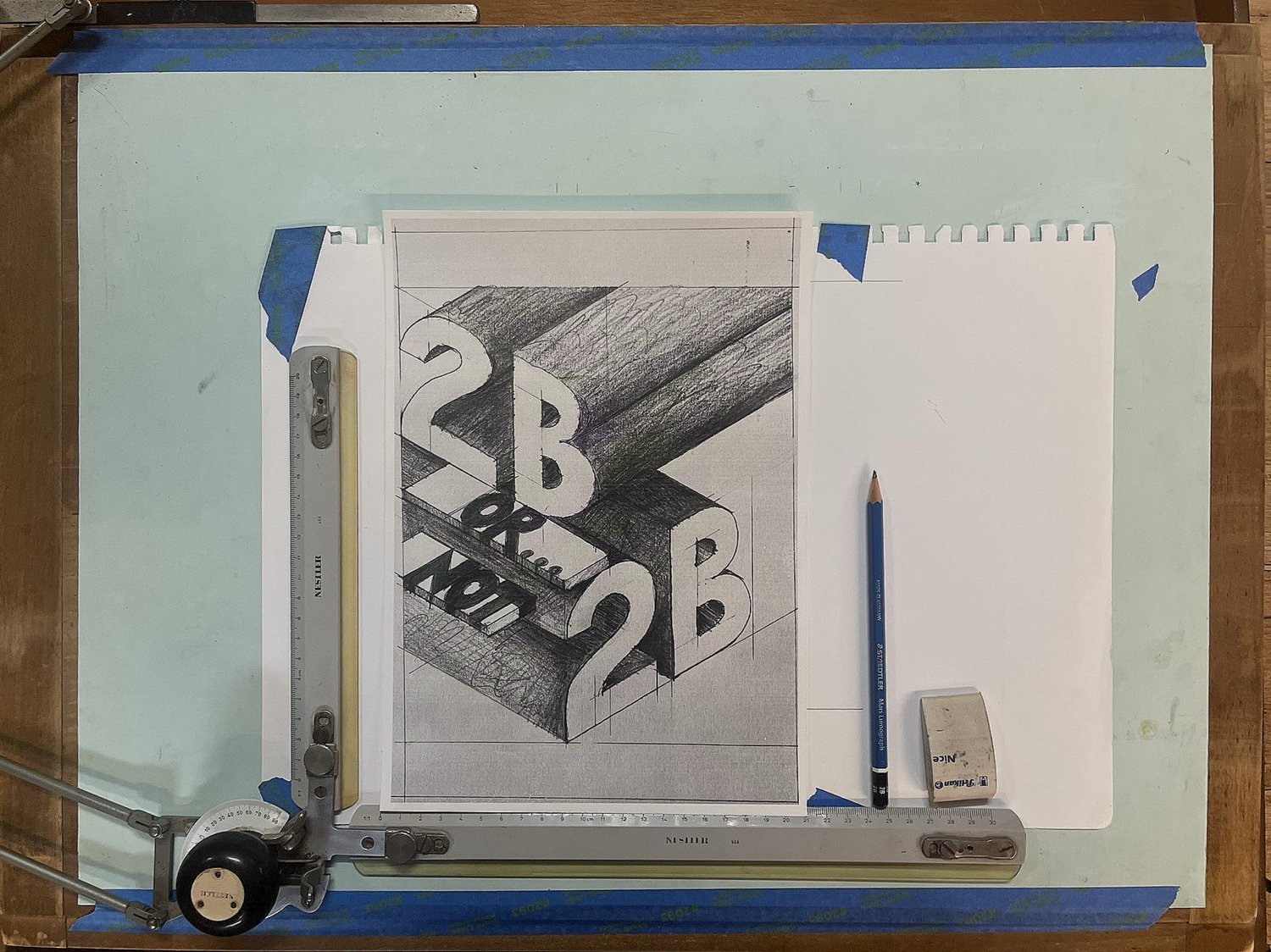Paul Katsieris
In practice, my everyday drawings are usually analytical, pragmatic, and explanatory. In this drawing though, the rational orthographic projections I normally use to describe and explain cartesian space, are used to delineate the ambiguous and the indeterminate.
The old Milk Bars are ghosts - dilapidated and faded; they are assemblages of lost narratives.
This is my own family’s Milk Bar and its memories in Melbourne’s west. It is drawn in zero-degree projection in homage to American architect and teacher John Hejduk’s early Wall House project. Hejduk was a critic of the pure formalism of the modern movement and argued that psychological states, personal narrative and the poetic must influence the modern project.
In practice, my everyday drawings are usually analytical, pragmatic, and explanatory. In this drawing though, the rational orthographic projections I normally use to describe and explain cartesian space, are used to delineate the ambiguous and the indeterminate. The Milk Bar links back across time, back to distant geographies, back to different scales and using different representations. It links to a lighthouse, built by my mother’s father on a remote Greek island in 1926 and it links back to my father’s place, a mountain village in the Peloponnese. These distant memory engines silently power the Milk Bar.
As it sometimes did in the many summers we endured running the Milk Bar, the early evening glow of its yellow artificial lighting mingled with the pink haze of the hot, dusty air and it was, all too briefly, bathed in lavender.



